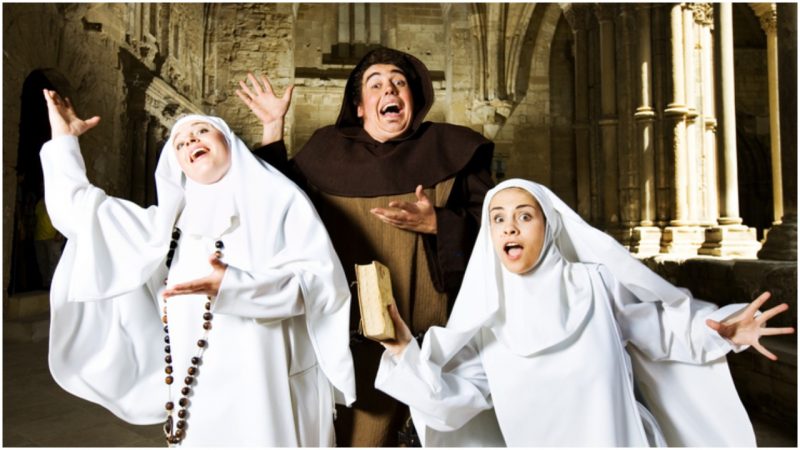For people living in pre-modern societies, the threat of plague was no laughing matter. Communities lived in fear of being infected by the highly infectious, deadly disease, which periodically swept through Europe and decimated local communities.
However, in 16th century Strasbourg, a different type of plague gripped the city. Instead of causing fatigue, fever, and boils, the so-called ‘dancing plague’ induced a form of collective mania in which the city’s residents danced through the streets until they dropped dead of exhaustion.
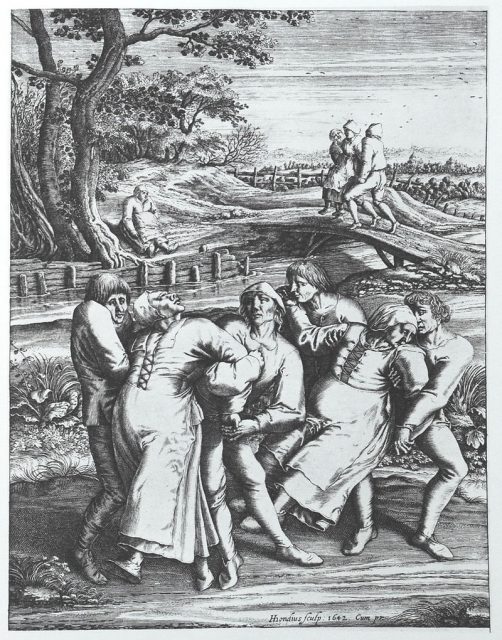
In the long, hot summer of 1518, the city of Strasbourg was struck by a bout of ‘choreomania’, also known as the dancing plague. A chronicle of 1636 describes the events as follows:
“[In this year] there occurred among men a remarkable and terrible disease called Saint Vitus’ dance, in which men in their madness began to dance day and night until finally they fell down unconscious and succumbed to death.”
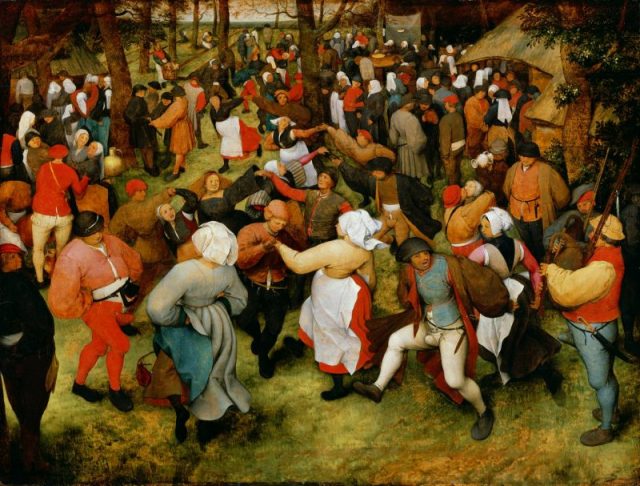
According to historian John Waller, the plague is said to have originated with one woman, Frau Troffea, and was thought by many of her contemporaries to have been induced by the vengeful Saint Vitus, patron saint of dancers, actors and entertainers, who was intent on punishing the people of Strasbourg for immoral behavior.
One hot morning, in the middle of July, Frau Troffea began to dance in a spontaneous, frenzied manner in the streets outside her home. She continued to dance throughout the day and well in the night, until she collapsed from sheer exhaustion. The next day, she rose again, and began to dance once more, ignoring all attempts to encourage her to rest.
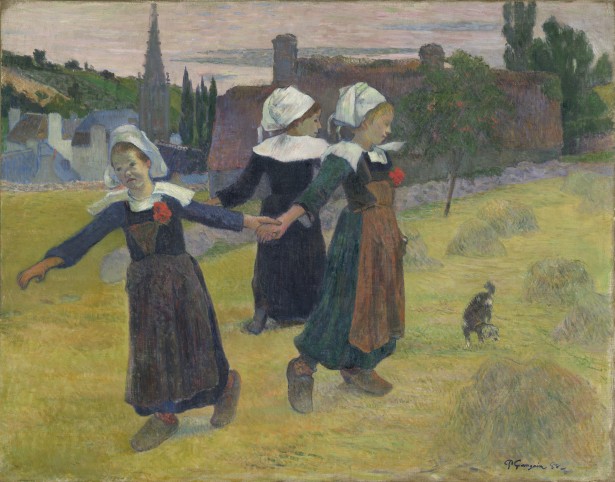
According to Waller, this increasingly frenzied behavior continued for several days, and drew a significant crowd of onlookers, fascinated by the woman’s strange activities. Fearful that the dancing might turn into a contagion, the local clergy forced the woman to travel to the nearby shrine of Saint Vitus, in order to seek a cure.
Frau Troffea was successfully treated at the shrine, but it was too late to stop the spread of the mania. Local residents who had witnessed her dance soon began to imitate her, with more joining them every day.
In squares and streets throughout the city, hundreds of dancers convulsed and twisted, a mass of flailing arms and spinning bodies. Drenched in sweat under the heat of the summer sun, many collapsed as a result of dehydration and fatigue, their feet bleeding.
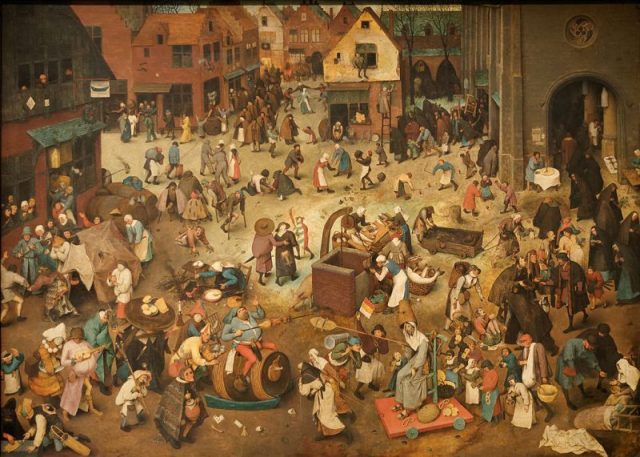
Local physicians were initially at a loss as to what to do for these apparently tormented souls. They initially encouraged the dance, believing that it was necessary to expunge the disease. However, when this failed to effect a cure, they decided to outlaw music and the playing of instruments.
Eventually, the local clergy intervened, and sent the sufferers to the shrine of Saint Vitus, hoping to appease the angry saint. At long last, after a month of dancing mania, the plague appeared to be diminishing, and life in Strasbourg returned to normal.
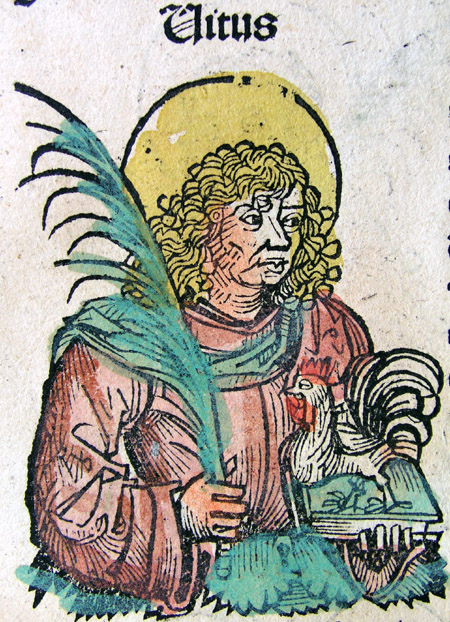
However, it left a trail of destruction in its wake. Although the death toll is unknown, some commentators believed that hundreds of people may have lost their lives during this summer of madness.
A number of theories have been put forward to explain the origin of this collective mania. Noted alchemist Paracelsus, on visiting the city some years later, believed that Frau Troffea had intentionally begun to dance in order to shame her husband, and that other women had followed suit in a grave act of female defiance.
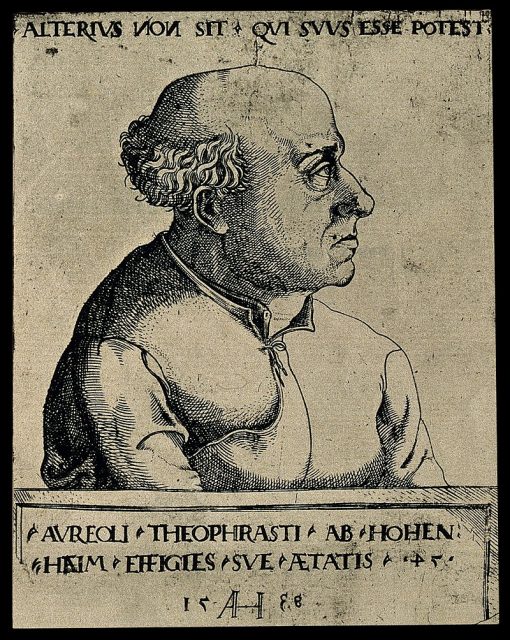
Modern historians have speculated that the dancers were all victims of hallucinations brought on by eating a particular form of fungus found in rye crops.
However, historians such as John Waller now believe that the madness was the product of a wide variety of social and economic factors, including a failed harvest, political instability and the prevalence of disease.
This period of hardship may have created a form of psychotic contagion, not uncommon in societies experiencing a period of extreme stress, and manifested in this case in the form of incessant dancing.
Whatever the cause, the dancing plague of Strasbourg goes down in history as one of the strangest episodes in the city’s history.
